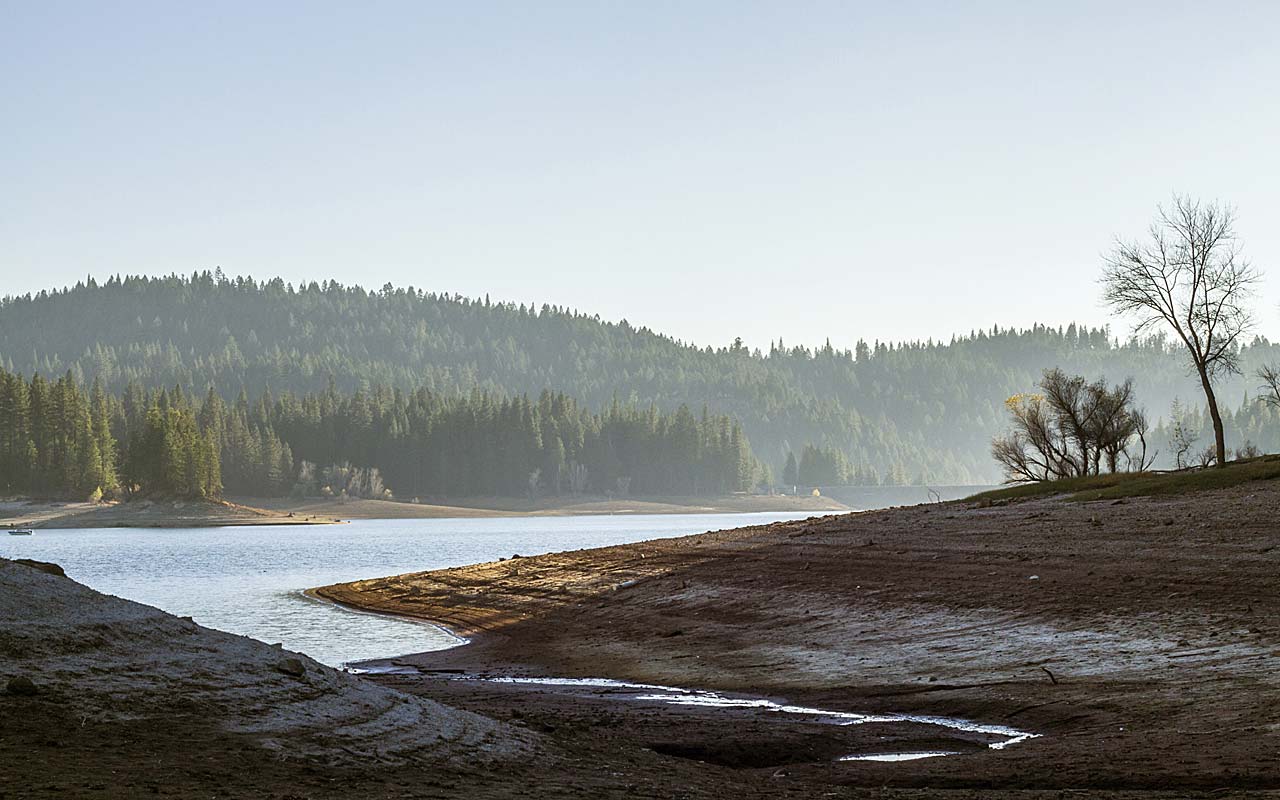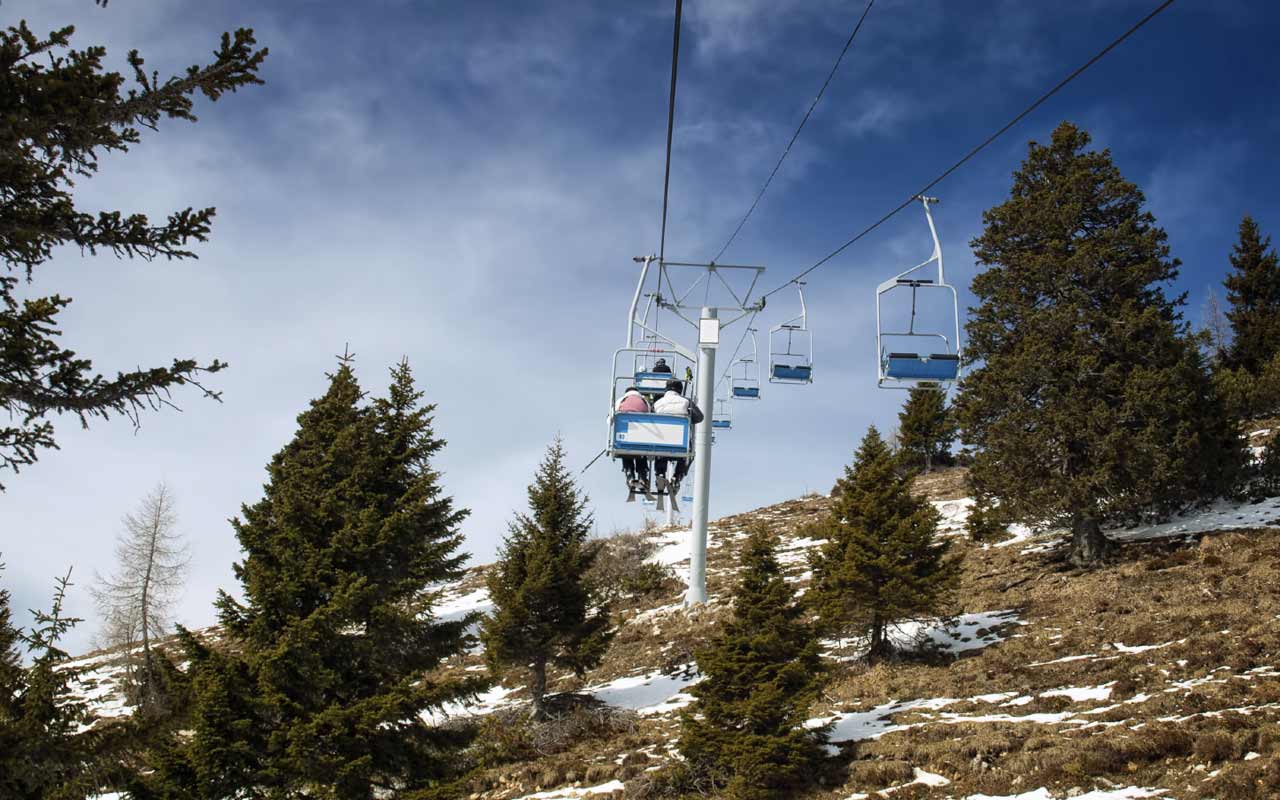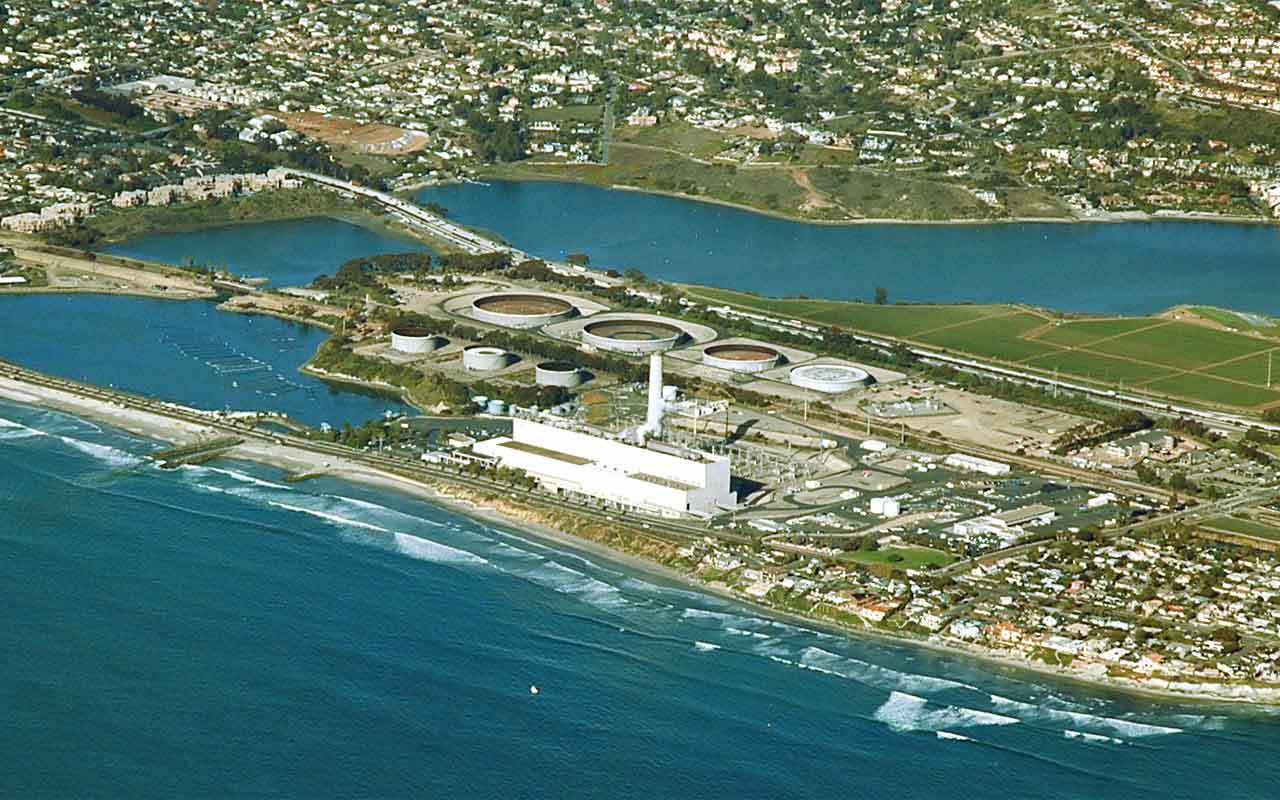7 Ways California’s Drought Affects You
Last year, Kiplinger forecasted that California's historic drought would intensify and that the effects would be far-reaching.

Last year, Kiplinger forecasted that California's historic drought would intensify and that the effects would be far-reaching. Governor Jerry Brown's imposition of mandatory water restrictions in March 2015 underscore the ongoing crisis.
The three-year-long drought in California isn’t about to end anytime soon, and the effects—both negative and positive—will spread well beyond the state’s borders, reaching most Americans. Among the negatives: higher prices for some fruits and vegetables grown in California, the nation’s largest agricultural state. But some positives to come from the drought include changes in recycling and conservation practices, as well as technological advances in purifying polluted groundwater and converting saltwater into freshwater in energy efficient ways.
The expected winter arrival of an El Niño, a Pacific Ocean-based weather phenomenon that usually brings rain to the Golden State, will help. But it doesn’t appear that it will be a strong enough rainmaker this time around to replenish severely depleted water supplies in many parts of the state. For example, two of California’s leading farming counties—Kern and Fresno—are extremely parched, having received just 25%-50% of their normal rainfall this year.
Here’s what to expect from California’s extended dry spell.

Fewer Days on Slopes, Links
California’s legendary ski resorts, including Mammoth and resorts near Lake Tahoe, such as Squaw Valley and Heavenly, are powerful magnets for skiers and snowboarders—when the snow is right. But powder alerts may be few and far between this season, barring a bigger-than-expected impact from El Niño.
- Less natural snow means ski resorts have to fire up their snowmaking gear—and making snow requires water. With water expenses going up, some skiers may face higher lift prices to offset the costs. Electricity shortfalls may also hamper ski lifts and other operations in the Golden State: Power generated by hydroelectric dams in California is down by half because of low water levels in reservoirs.
Another important segment of California’s tourism industry—golf—is also taking a hit. Some courses have been closed, and more closures loom. Many course owners are rushing to replace turf with native, drought-resistant vegetation wherever they can to save on the expense of watering grass, says Marc Connerly, executive director of the California Golf Course Owners Association. Look for the shift to natural vegetation to spread to courses in other states over time.

Costlier Fruits and Veggies
- Odds are that continued drought in California will help push retail prices of fresh fruits and vegetables above the 3% average rise in 2015. The average increase is a projection from the U.S. Department of Agriculture, but USDA notes that its projections assume normal weather.
The drought will force many California farmers—who account for 10% of the nation’s annual $400 billion-plus in farm sales—to raise fewer water-intensive crops, including lemons, tomatoes, bell and chili peppers and asparagus.

A Mixed Bag for Wine Lovers
Wine connoisseurs are eagerly anticipating 2014 vintages from California because a drier-than-usual climate typically produces sweeter grapes, making for tastier wines.
- The problem is, continuing water shortages are a dark cloud over future vintages. A prolonged dry spell threatens the health and sustainability of grapevines, which means fewer grapes for making wine in coming years. Growers of wine grapes and other lucrative California crops, such as almonds, will try to limit the damage by giving them as much water as supplies allow.

Recycled Wastewater
The need for water is prompting big interest in graywater systems, which capture wastewater from showers, faucets and washing machines and reuse it to water lawns, shrubs or agricultural land. A graywater system to serve an office building with, say, 100 to 150 people can cost up to $100,000, depending on the size of storage tanks, amenities such as shower rooms, etc. But the resulting water savings promise to recoup that cost in about five years, based on current water rates.
Makers of graywater systems, including Greyter Water Systems, Nexus eWater and Practical Applications, are poised to satisfy rising demand. Look for such systems to find a home in many other states and localities, too.

Low-Flow Plumbing
California recently became the first state to require older homes, apartments and office buildings to replace old toilets, urinals, showerheads and faucets with low-flow models, which use less water than traditional versions.
The move figures to be a bonanza for low-flow-plumbing manufacturers, as well as plumbing supply businesses and plumbers that will be delivering and installing the mandated equipment. Given California’s track record as a trendsetter, plumbers in other parts of the country are hoping that other states will adopt a similar mandate.

Freshwater from Seawater
Many local governments are moving ahead with projects to find water in new places.
San Diego County offers a prime example. The county’s water agency has hired Boston-based engineering firm Poseidon Water to construct a huge desalination plant that will convert seawater into potable freshwater when it comes on line next year. The plant’s daily output of 50 million gallons will account for 7% of the county’s water needs by 2020, says Poseidon spokesman Scott Maloni. Bob Yamada, the San Diego County Water Authority’s planning manager, says the plant will cost residents about $5 more per month on their water bills but will ensure a drought-proof source of drinking water.
Desalination has also made inroads in Florida. Meanwhile, in Texas, brackish groundwater is being desalinated to produce potable water.

Artificial Wetlands
The state’s just-passed $7.5-billion bond issue will be used to fund new infrastructure for storing and saving water.
Andrew Fahlund, deputy director of the California Water Foundation, expects that much of the money will fund construction of artificial wetlands to channel rainwater underground and recharge aquifers, “our savings account” for long-term water storage. Also look for projects to filter and clean polluted groundwater in urban areas such as Los Angeles—and eventually in other parts of the country.
- Construction of artificial wetlands and similar projects will create steady work for engineering and construction firms. Makers of groundwater filtration gear and other equipment to purify wastewater will also see strong demand as California looks to salvage every drop of potentially usable water.
Get Kiplinger Today newsletter — free
Profit and prosper with the best of Kiplinger's advice on investing, taxes, retirement, personal finance and much more. Delivered daily. Enter your email in the box and click Sign Me Up.
-
 The AI Doctor Coming to Read Your Test Results
The AI Doctor Coming to Read Your Test ResultsThe Kiplinger Letter There’s big opportunity for AI tools that analyze CAT scans, MRIs and other medical images. But there are also big challenges that human clinicians and tech companies will have to overcome.
By John Miley Published
-
 The Best Places for LGBTQ People to Retire Abroad
The Best Places for LGBTQ People to Retire AbroadLGBTQ people can safely retire abroad, but they must know a country’s laws and level of support — going beyond the usual retirement considerations.
By Drew Limsky Published
-
 The AI Doctor Coming to Read Your Test Results
The AI Doctor Coming to Read Your Test ResultsThe Kiplinger Letter There’s big opportunity for AI tools that analyze CAT scans, MRIs and other medical images. But there are also big challenges that human clinicians and tech companies will have to overcome.
By John Miley Published
-
 The New Space Age Takes Off
The New Space Age Takes OffThe Kiplinger Letter From fast broadband to SOS texting, space has never been more embedded in peoples’ lives. The future is even more exciting for rockets, satellites and emerging space tech.
By John Miley Published
-
 Rising AI Demand Stokes Undersea Investments
Rising AI Demand Stokes Undersea InvestmentsThe Kiplinger Letter As demand soars for AI, there’s a need to transport huge amounts of data across oceans. Tech giants have big plans for new submarine cables, including the longest ever.
By John Miley Published
-
 What DOGE is Doing Now
What DOGE is Doing NowThe Kiplinger Letter As Musk's DOGE pursues its ambitious agenda, uncertainty and legal challenges are mounting — causing frustration for Trump.
By Matthew Housiaux Published
-
 A Move Away From Free Trade
A Move Away From Free TradeThe Letter President Trump says long-term gain will be worth short-term pain, but the pain could be significant this year.
By David Payne Published
-
 Trump’s Whirlwind Month of Crypto Moves
Trump’s Whirlwind Month of Crypto MovesThe Kiplinger Letter The Trump administration wants to strengthen U.S. leadership in the cryptocurrency industry by providing regulatory clarity.
By Rodrigo Sermeño Published
-
 Donald Trump Tests His Limits
Donald Trump Tests His LimitsThe Kiplinger Letter President Encounters Legal Obstacles in Pursuit of Ambitious Agenda.
By Matthew Housiaux Published
-
 Another Down Year for Agriculture
Another Down Year for AgricultureThe Kiplinger Letter Farmers brace for falling incomes, widening trade deficits
By Matthew Housiaux Published
